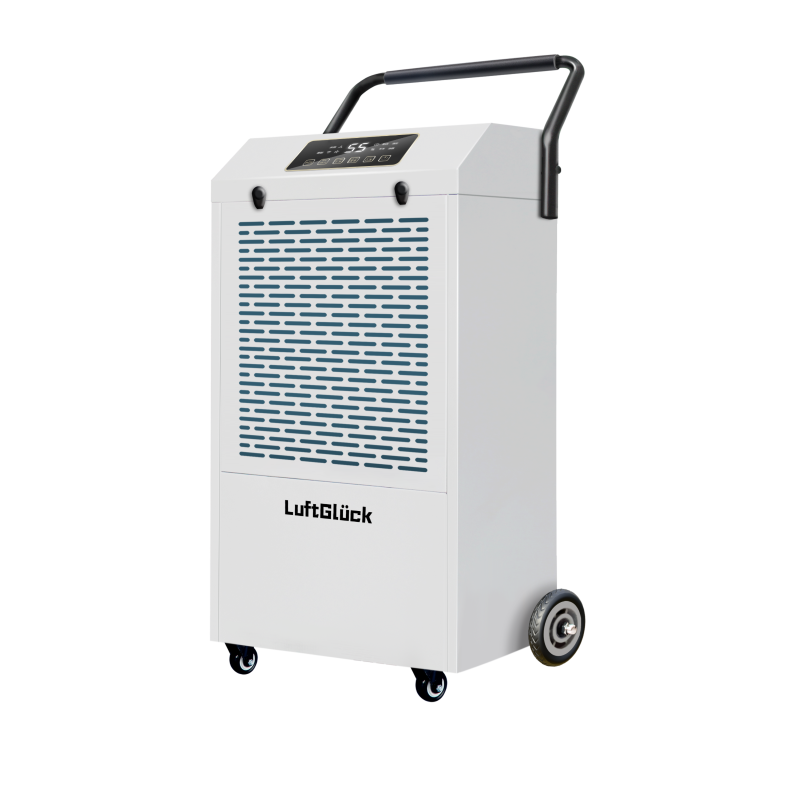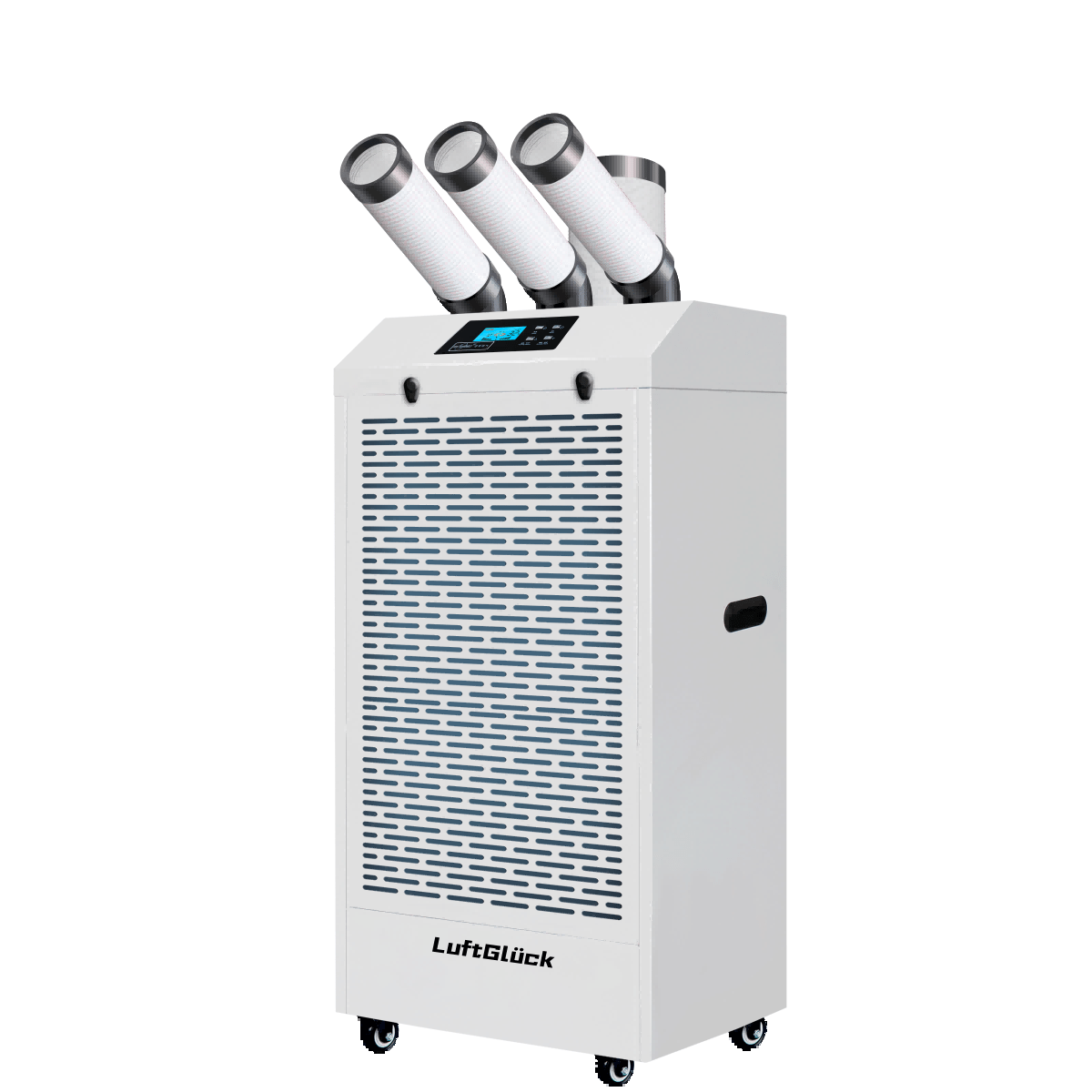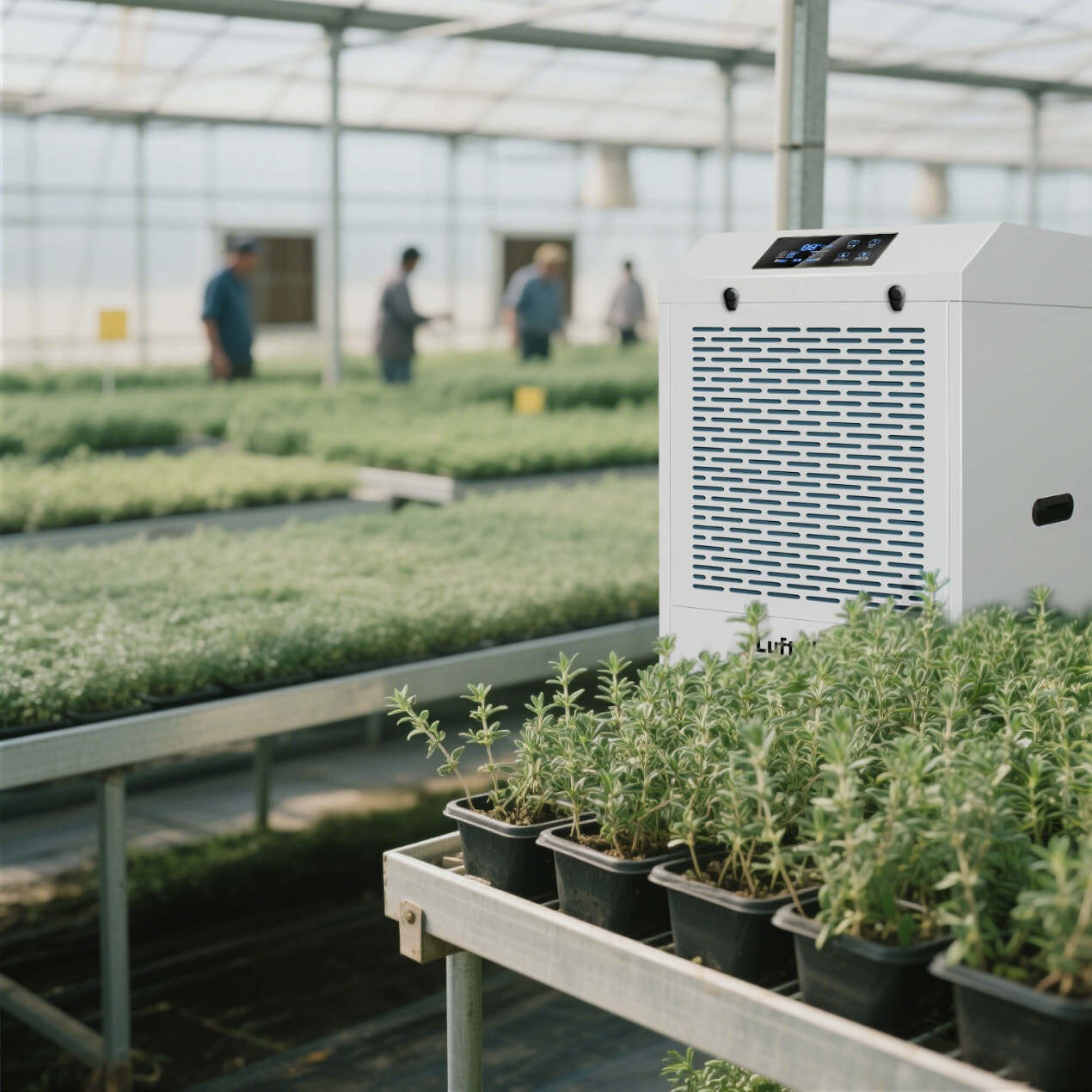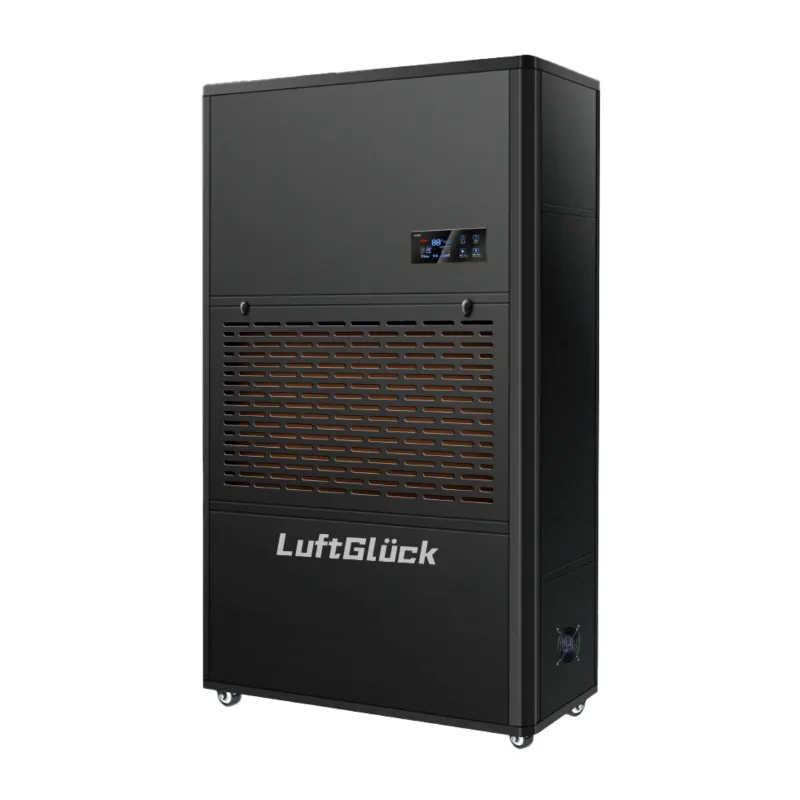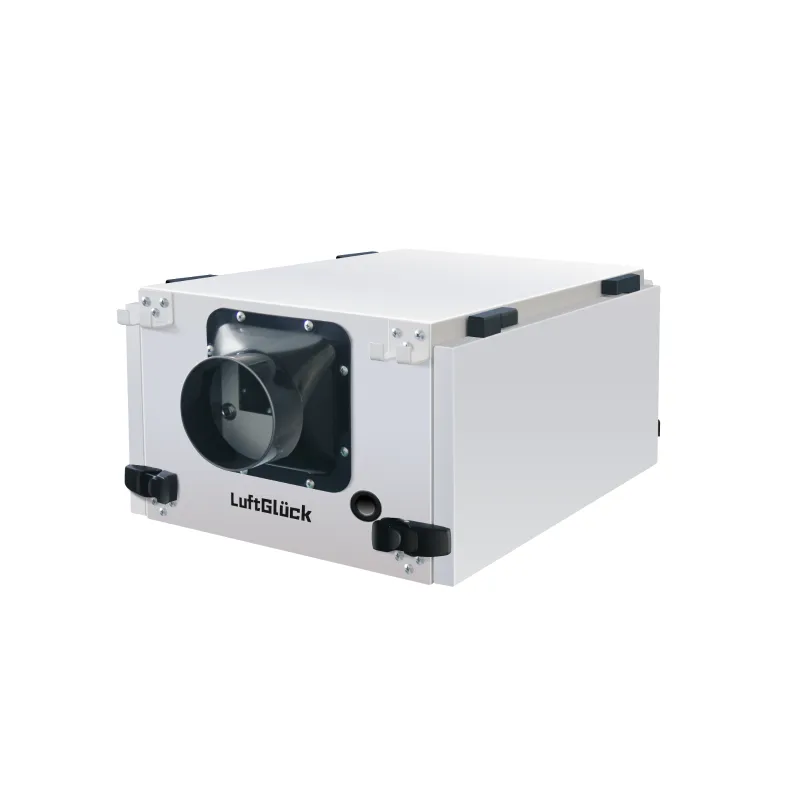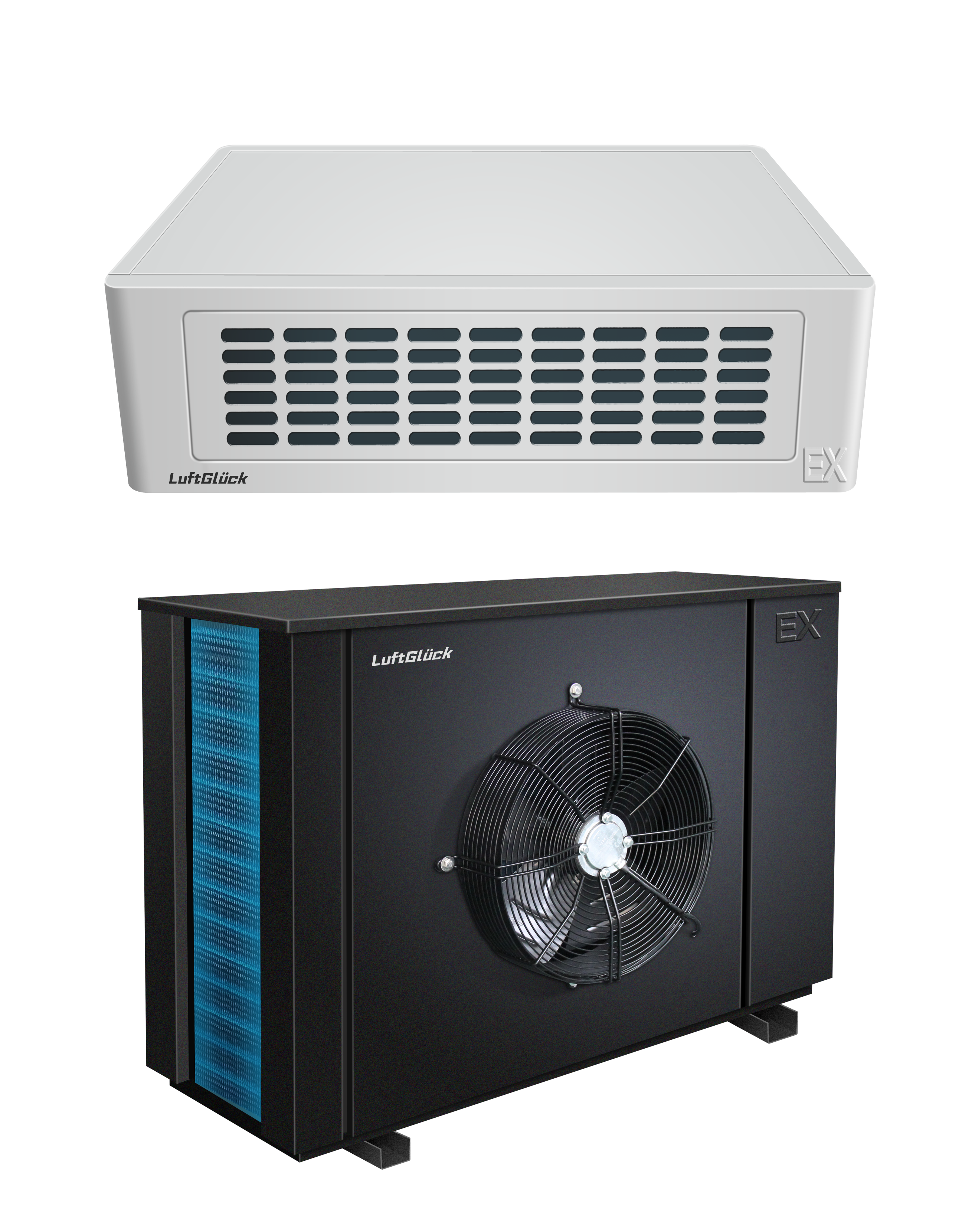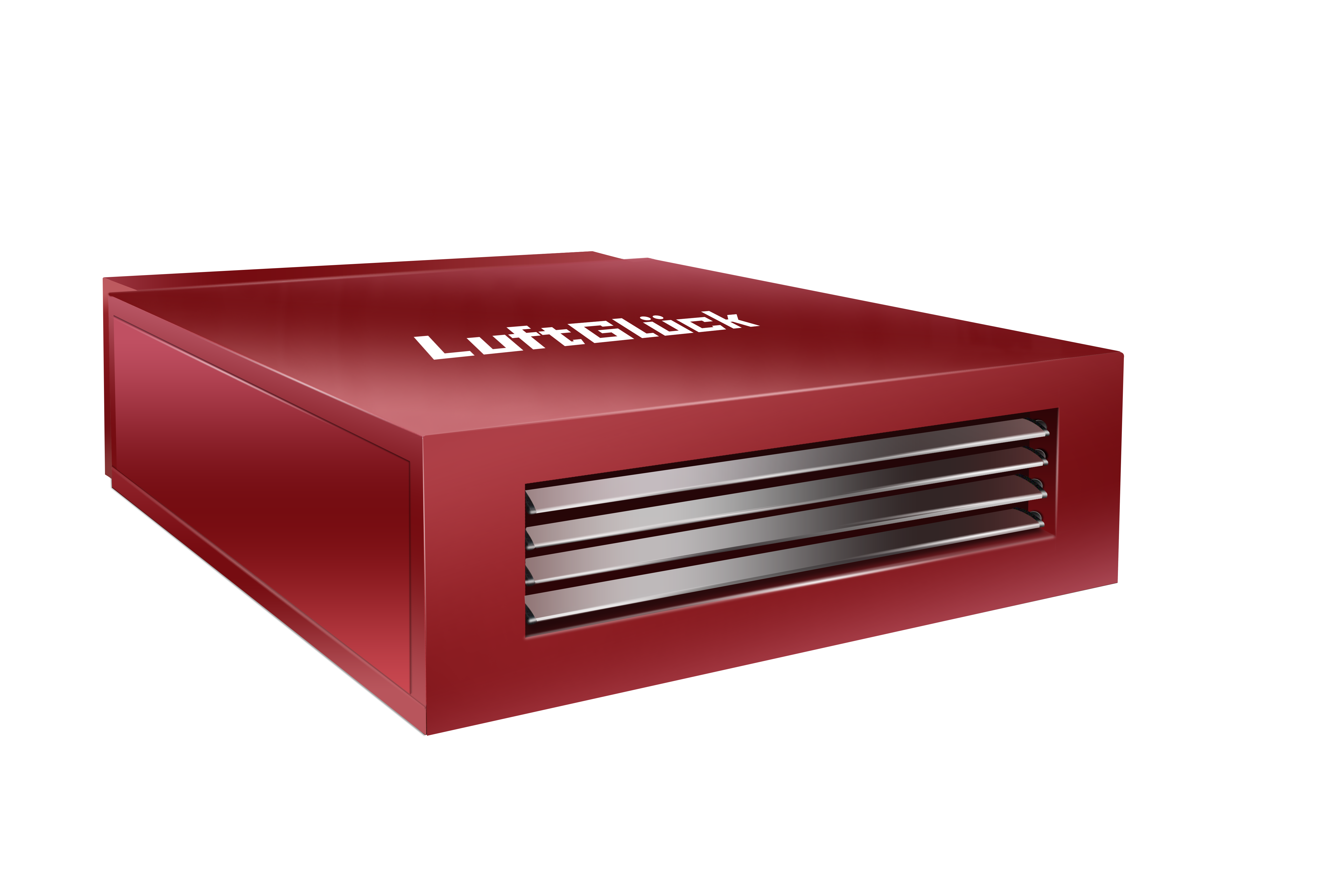greenhouse temperature and humidity control
Greenhouse temperature and humidity control systems represent cutting-edge technology designed to maintain optimal growing conditions for plants in controlled environments. These sophisticated systems utilize an integrated network of sensors, controllers, and automation equipment to monitor and adjust environmental parameters continuously. The system's primary functions include maintaining precise temperature levels through heating and cooling mechanisms, regulating humidity through dehumidification and misting systems, and ensuring proper air circulation. Advanced models incorporate smart technology with remote monitoring capabilities, allowing growers to adjust settings via mobile devices or computers. The system typically consists of temperature sensors, humidity probes, ventilation fans, heating units, cooling pads, and automated control panels. These components work in harmony to create ideal growing conditions by responding to real-time environmental changes. The technology finds extensive applications in commercial greenhouse operations, research facilities, and modern urban farming initiatives. It's particularly valuable in regions with challenging climates, enabling year-round cultivation regardless of external weather conditions. The system's precision control helps optimize plant growth cycles, prevent disease development, and maximize crop yields while minimizing energy consumption through efficient resource management.

